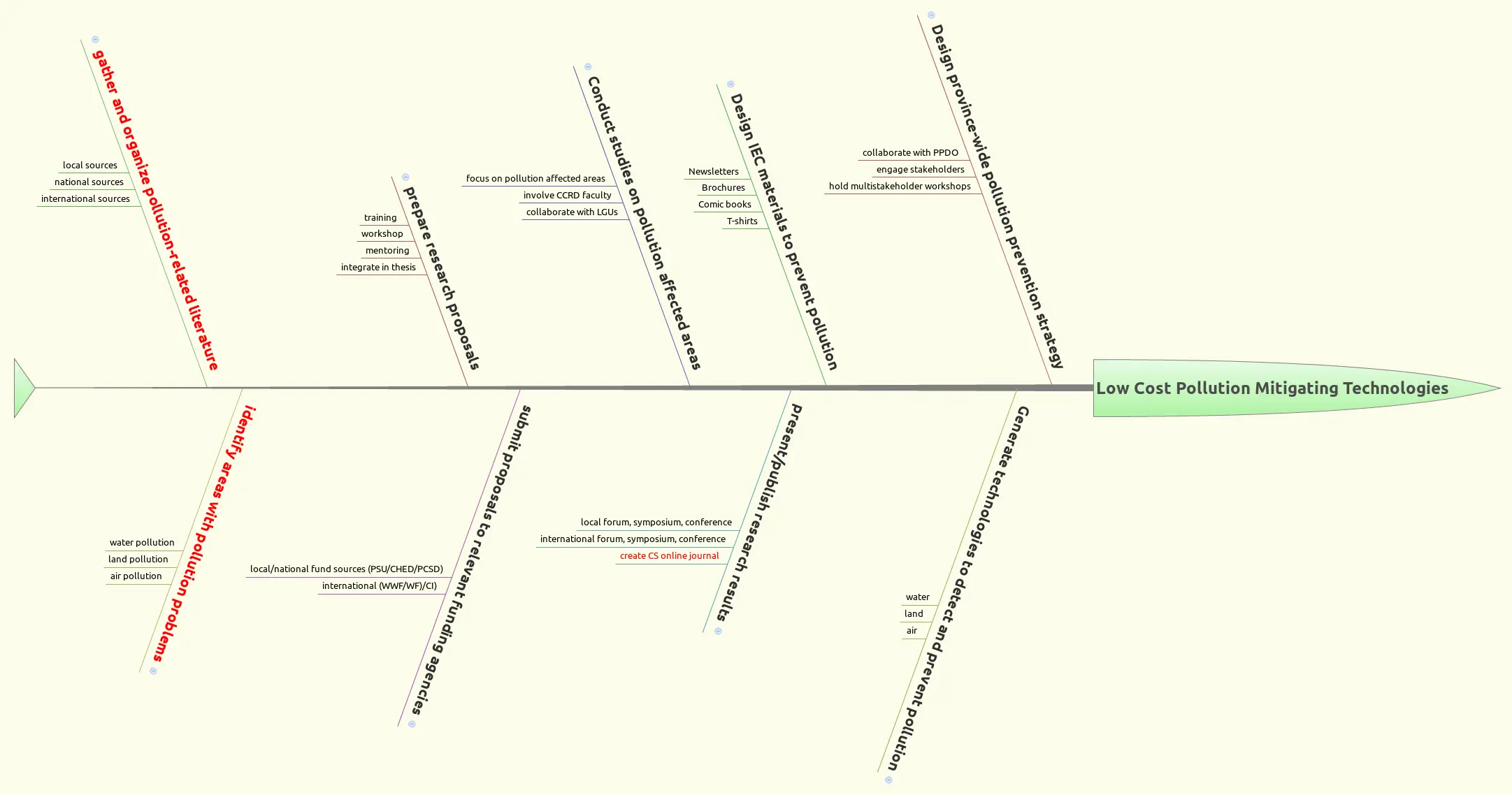Have you ever heard of or read about outcome-based research (OBR)? Does it sound familiar? If not, this article explains what OBR means.
What is outcome based research? How does it work?
The truth is, outcome-based research is a wordplay from outcome-based education (OBE), a popular theory that emphasizes the outcomes or goals of an educational system. That is, the focus is not on content but the object of the training – the student. Also, OBE does not follow the rigid dictates of some methodology to educate the student. It focuses on the outcome or goal as the ultimate measure of the effectiveness of a curriculum. OBR works the same way.
The Principle of Outcome-Based Research
The idea of OBR just occurred in my mind as I read through or heard about outcome-based education. Why not adopt the same principle in doing research? Make it goal-oriented, just like OBE.

As the university research director, I embarked on the idea by holding a three-day research planning workshop two weeks ago. The e-tools I used consisted of a free version of Vensim®, a systems analysis tool, and XMind, a mind mapping software.
I believe that the university’s research performance will be boosted further by the innovative approach of outcome-based research. The focus is on the goal of study founded on the research agenda of the university. The research agenda guides researchers on university identified topics of investigation.
How the Tools Were Used in Identifying Issues
Vensim was used to identify which specific issues need to be addressed by research programs, projects, or activities. The tool was used to help unravel which variable or variables of the whole chain of related events or resource states matter. It also allowed the researcher to discern if they have the relevant expertise to research an issue or problem identified in the systems analysis.
When the specific issue or problem has already been identified, the workshop participants came up with their desired research goal to help address the issue or problem. The desired goal became the head of the fishbone diagram created using XMind.
How Outcome-Based Research Works
Outcome-based research starts at the goal, then works back to identify the steps required to achieve the pre-set goal. It is an incremental process, linking one stage to the next.
Examples are always great in bringing forth understanding. Hence, I provide below an example of the OBR approach (click to enlarge):
The fishbone diagram given in the diagram shows the steps that a researcher may follow to create the desired output. In this instance, it is the production of low-cost pollution mitigating technologies. The research outcome is not easily arrived at.
From the stated outcome, examples of activities as we work backward may include the following: pollution prevention strategies must be designed, technologies must be generated, information and education materials must be designed, etc. It is a complex process.
Outcome-based Research is Goal-oriented
You would notice that by stating clearly the goal of the research, everything falls in place. Research now is not merely just research for the sake of research but also an exercise that can help resolve an issue or problem. The steps required in carrying out the research venture are also identified, such that all efforts converge towards the desired goal. It is a step-by-step process.
Therefore, outcome-based research is a new approach that brings the value of study towards a higher level. It is responsive to the needs of society. It does not stop at publications as the outcome of research but a much higher goal to make life better for everyone. Research is not just for the sake of personal gain but for the sake of humanity.
©2015 August 2 P. A. Regoniel
[cite]



